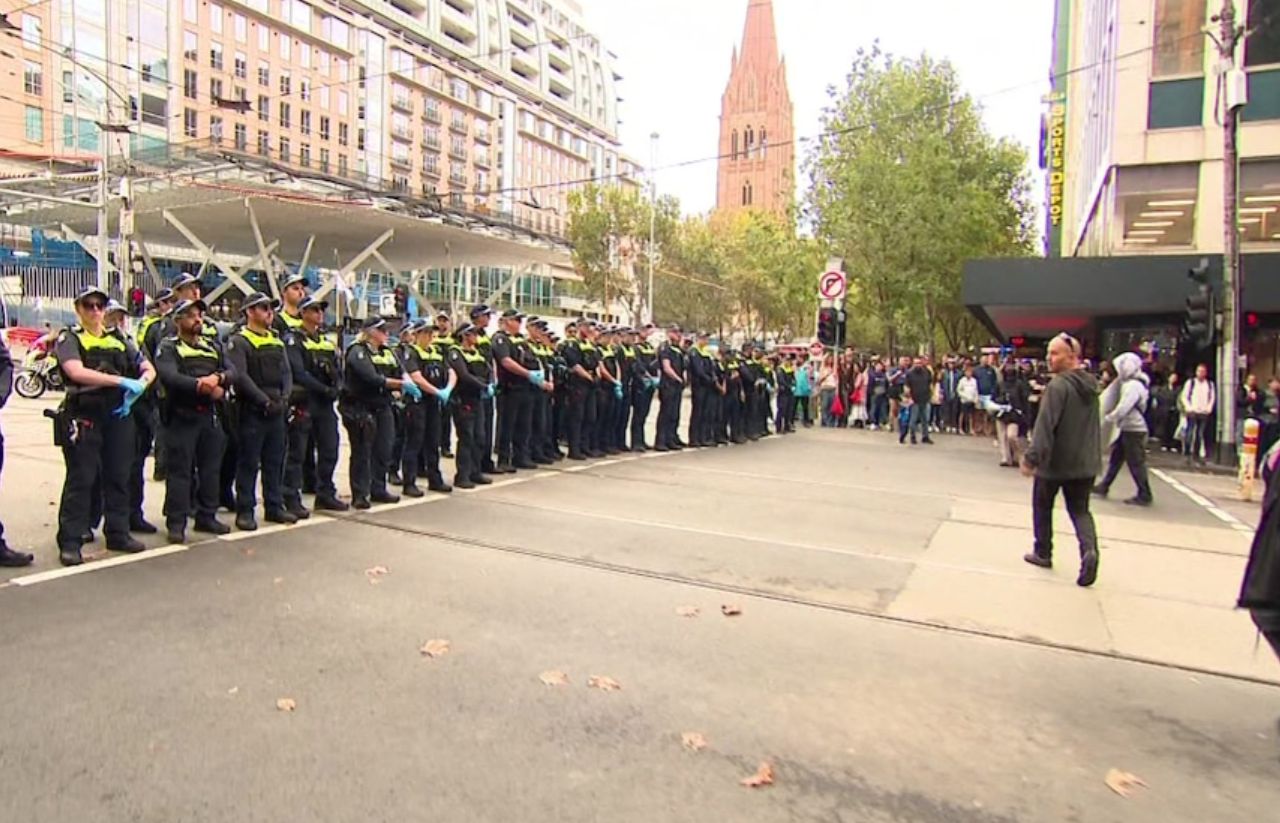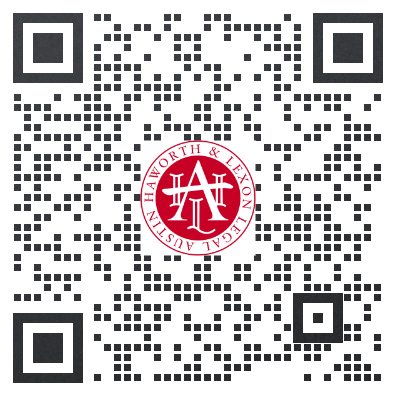From Brawls to Riots: A Guide to Group Violence Offences in Australia

Key Takeaways
More Than Assault: When violence involves a group or occurs in public, it can escalate from a simple assault charge to more serious public order crimes like Affray or Riot.
The Bystander Test: The key element of an Affray is not who hit whom, but whether the overall conduct would cause a hypothetical bystander of reasonable firmness to fear for their safety.
The "In it Together" Risk: Under the principle of "joint criminal enterprise," you can be charged with the same offence as the main aggressor just by being present and actively encouraging the violence.
Severe Penalties: These are not minor offences. A conviction for Affray or Riot can lead to a criminal record and a significant term of imprisonment.
Introduction
A heated argument outside a pub, a protest that turns violent, a brawl between two rival groups of fans after a football match. These chaotic situations can escalate in seconds. But in the eyes of the law, when does a simple fight become a more serious crime like affray or even a riot?
Australian law treats group violence with particular severity because of the amplified threat it poses to public safety and order. Many people are shocked to learn that in a group altercation, you don't have to throw a single punch to be charged with a serious crime.
This guide will explain the different types of public violence offences in Australia, clarifying the crucial legal distinctions and the risks of getting caught up in the heat of the moment.
Important Note: These laws are legislated by each state and territory. This article uses the law in New South Wales (NSW), primarily the Crimes Act 1900, as a guiding example.
Learn more about the Crimes Act 1900 at New South Wales Legislation.
The Legal Ladder of Public Violence
The law has a tiered approach to violence. While a one-on-one fight is typically an assault, the legal framework changes when the conduct threatens the peace of the general public.
Level 1: Assault – The Starting Point
As covered in our detailed guide to Violent Crime, an assault is the act of intentionally or recklessly causing another person to apprehend immediate and unlawful violence, or the actual application of force. It is focused on the direct interaction between an aggressor and a victim.
Level 2: Affray – When a Fight Terrifies the Public
Affray is the most common charge laid after a group fight or serious public brawl. The legal definition in NSW (Section 93C of the Crimes Act) is specific:
A person is guilty of affray if they use or threaten unlawful violence towards another, and their conduct is such as would cause a person of reasonable firmness present at the scene to fear for their personal safety.
The Key Element: The Hypothetical Bystander. The focus of affray is not on the victim of the violence, but on its effect on a hypothetical, reasonable bystander. The prosecution doesn't need to prove that someone was actually watching and scared. They only need to prove that the violence was of such a level that it would have terrified a reasonably courageous person who happened to be there.
Examples:
Two people having a violent fistfight on a busy street during the day.
A group of people brandishing makeshift weapons (like broken bottles) at another group in a park.
A single person aggressively threatening violence against multiple people in a public place.
Level 3: Riot – Large-Scale Public Disorder
Riot is a much more serious and rarer charge, reserved for large-scale civil disturbances. Under NSW law (Section 93B of the Crimes Act), the key elements are:
12 or more people are present together.
They use or threaten unlawful violence for a common purpose.
Their conduct, taken together, would cause a person of reasonable firmness to fear for their safety.
This charge is typically used in situations like large-scale public protests that turn violent or significant civil unrest.
The "Common Purpose" Trap: Charged for Being Part of the Group
This is a critical legal principle that many people do not understand. Under the law of joint criminal enterprise (or "common purpose"), you don't have to be the one who lands the blow to be found guilty.
If you are part of a group that has a shared understanding or agreement to use violence, and you are present and encourage or assist in that violence (even just by yelling support or blocking someone's escape), you can be charged with the same offence as the person who committed the primary act.
Your presence and participation can be enough to make you legally responsible for the actions of the group.
Penalties and Consequences
The "ladder" of violence is reflected in the severity of the penalties.
| Offence (NSW) | Maximum Penalty | What It Means |
|---|---|---|
| Common Assault | 2 years imprisonment | A serious charge, but the lowest on this ladder. |
| Affray | 10 years imprisonment | A very serious indictable offence reflecting the threat to public order. |
| Riot | 15 years imprisonment | An extremely serious offence reflecting a large-scale breakdown of civil peace. |
Frequently Asked Questions (FAQ)
Yes, potentially. An affray can be committed by "threatening" unlawful violence, and your active verbal encouragement could be seen as part of the overall conduct that would terrify a bystander. You could also be charged under the principles of joint criminal enterprise.
As we discussed in our article on Public Order Offences, an offence like "offensive conduct" is about behaviour that offends a reasonable person. Affray is far more serious; it requires the use or threat of unlawful violence that would cause a reasonable person to fear for their safety.
It could be. Even a one-on-one fight, if it is violent enough (e.g., smashing glasses, throwing furniture, causing panic), can easily meet the test of causing fear to a person of reasonable firmness present at the scene.
The only safe and legal answer is to leave immediately. Remove yourself from the group and the area. Do not stay to watch or encourage.
In a group violence situation, the law is not just concerned with who threw which punch. It is concerned with the overall threat to public order and the terror such events cause to the community. The charge of affray serves as a powerful tool to hold all active participants in a public brawl accountable.
The heat of the moment and the influence of a crowd can lead to disastrous decisions. Understanding that your mere participation can make you a party to a serious crime is the key to knowing when to walk away. If you are ever charged with a public violence offence, the complexity of the law makes seeking immediate advice from an expert criminal lawyer essential.

AHL Legal: Your Partner in Facing Group Violence Charges
Facing charges for affray, riot, or other group violence offences in Australia? At AHL Legal, we provide expert legal advice and representation to protect your rights and achieve the best possible outcome.
Protect Your Future with Expert Criminal Defence
Navigating charges related to group violence can be complex. Understanding your rights and the legal processes is critical to securing the best outcome.
At AHL Legal, we provide expert legal support to guide you through group violence charges and safeguard your future.
✅ AHL Legal: Your Trusted Legal Partner
Our experienced team is dedicated to providing clear legal guidance and protecting your rights under Australian criminal law.
📞 Ready to take action? Call us at 1300 91 66 77 for a consultation
🌐 Visit our website: www.ahllegal.com



 1300 91 66 77
1300 91 66 77







 HOME
HOME


